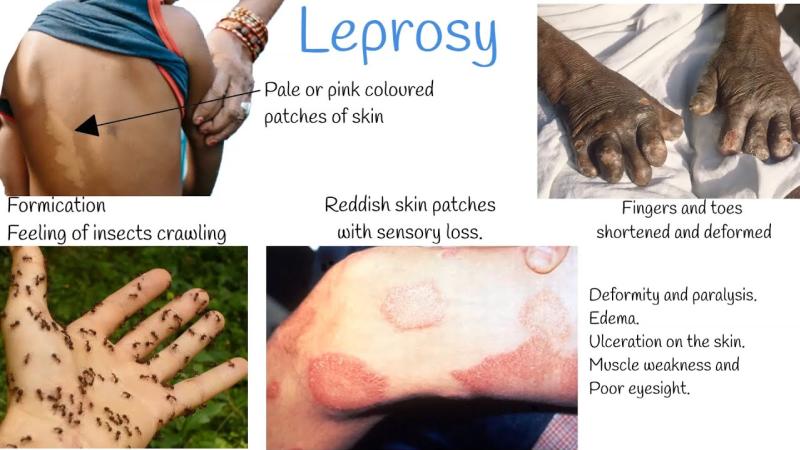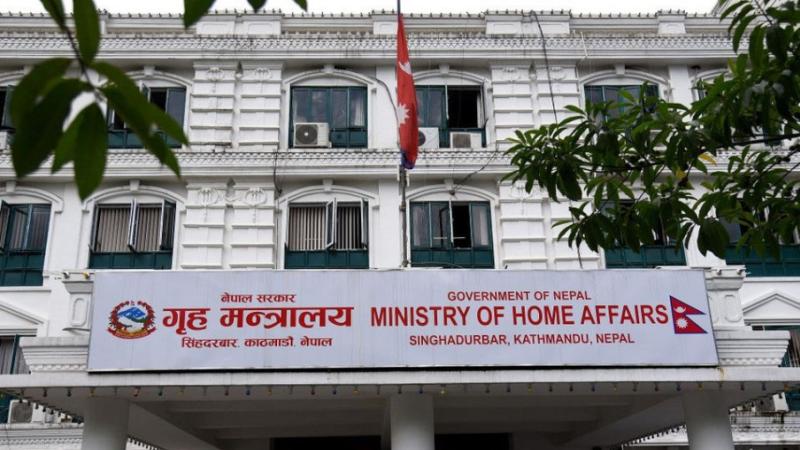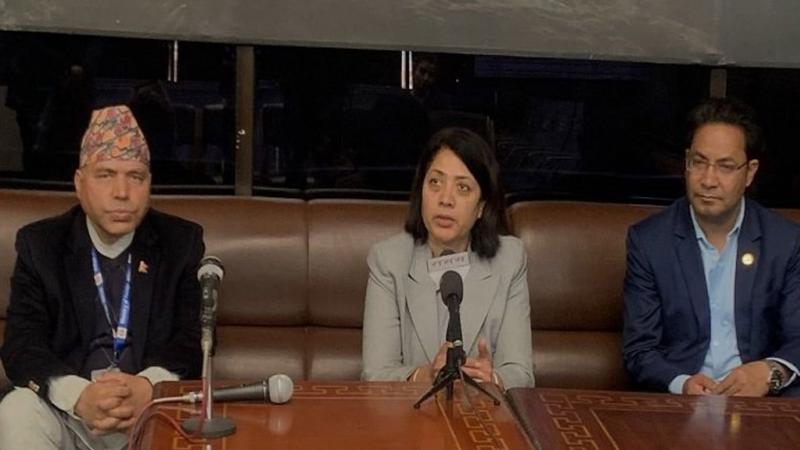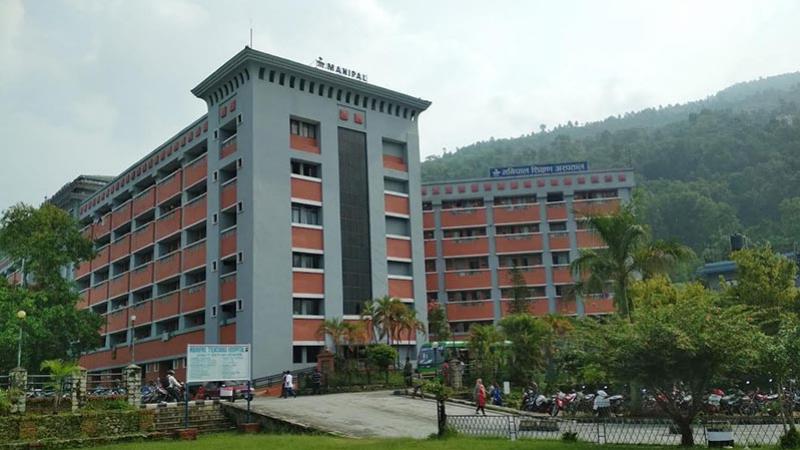Jan 30, Kathmandu: Globally, the last Sunday of January is observed as World Leprosy Day (WLD). However, in India, the day is marked on 30 January, to coincide with the death anniversary of Mahatma Gandhi, who is known for his fight against the disease.
The World Health Organization (WHO) has announced “Act Now. End Leprosy.” as its theme for this year’s World Leprosy Day. The theme stresses three main points: one, that elimination of leprosy is possible; two: that immediate action is required, that includes resources and commitment; and third that leprosy is preventable and treatable, hence people still suffering from it is a needless thing.
Why awareness about leprosy is important
Despite the WHO announcing leprosy as an “eliminated” global health problem, over two lakh people are diagnosed with it every year, across the globe. Over half of these global leprosy cases are detected in India. According to WHO and India’s National Leprosy Eradication Programme (NLEP), India accounted for 60 percent of new cases detected in 2017 — 1.26 lakh out of 2.10 lakh.
What is leprosy?
Leprosy is a chronic infectious disease that may lead to severe disfiguring skin sores and nerve damage in the arms, legs, and skin areas around your body.
Also known as Hansen’s disease, it is a chronic bacterial infection that is caused by the Mycobacterium leprae bacteria. It affects the skin and nervous system. In extreme cases, it might also lead to blindness, paralysis, disfigurement of the nose, and chronic ulcers on the bottom of the feet.
It is an infectious chronic disease brought on by the bacterium Mycobacterium leprae. The upper respiratory tract mucosa, peripheral nerves, eyes, and skin are all impacted by the illness. “Leprosy is no longer a highly stigmatized disease.
Today, Hansen’s Disease or leprosy is easily treated with a combination of antibiotics like Dapsone, Clofazimine, and Rifampicin. The illness can be cured if treatment is completed as per expert guidance. With early diagnosis and treatment, the patient can continue to work and live an active life”.
Transmission
Droplets from the mouth and nose are how the disease is spread. Leprosy must be contracted through months of close, continuous contact with an untreated patient. Leprosy cannot be contracted by simply shaking hands, hugging, eating together, or sitting next to someone who has the disease. In addition, once treatment starts, the patient stops spreading the illness.
Leprosy Diagnosis
According to the Centre for Disease Control and Prevention, “Hansen’s disease can be recognized by the appearance of patches of skin that may look lighter or darker than the normal skin. Sometimes the affected skin areas may be reddish.
Loss of feeling in these skin patches is common. You may not feel a light touch or a prick with a needle.” A sample of your skin or nerve (through a skin or nerve biopsy) will be taken to look for the bacteria under the microscope to confirm if you have leprosy.
Leprosy treatment
Leprosy is curable with a combination of antibiotics known as Multi-Drug Therapy (MDT). This treatment is available for free across the world. If leprosy is not treated on time, it can lead to serious complications. “Typically, 2 or 3 antibiotics are used at the same time. These are dapsone with rifampicin, and clofazimine is added for some types of the disease,” stated CDC.
“Antibiotics used during the treatment will kill the bacteria that cause leprosy. But while the treatment can cure the disease and prevent it from getting worse, it does not reverse nerve damage or physical disfiguration that may have occurred before the diagnosis. Thus, it is very important that the disease be diagnosed as early as possible, before any permanent nerve damage occurs,” it added.
Can Leprosy Be Preventive?
Leprosy is caused by a bacterial infection and is a communicable infection, which means it may spread from person to person. The most common route of transmission is. however, through nasal secretions. “Leprosy is a disease that spreads slowly, but simple hygiene and cleanliness norms can go a long way towards preventing it.
It has nearly been eradicated from the majority of countries throughout the world, particularly in the Western world. In India, we continue to see new cases as the disease spreads from person to person owing to a lack of cleanliness and socioeconomic difficulties.
WHO offers Member States technical assistance for preventing and controlling leprosy. Epidemiological Record, for information relating to the prior year's calendar. Countries provide these statistics. The World Health Organization has created e-learning modules with the goal of enhancing the knowledge and abilities of health professionals at all levels on subjects related to leprosy diagnosis, treatment, and management.


















 Indian Rupee
Indian Rupee U.S. Dollar
U.S. Dollar European Euro
European Euro UK Pound Sterling
UK Pound Sterling Swiss Franc
Swiss Franc Australian Dollar
Australian Dollar Canadian Dollar
Canadian Dollar Singapore Dollar
Singapore Dollar Japanese Yen
Japanese Yen Chinese Yuan
Chinese Yuan Saudi Arabian Riyal
Saudi Arabian Riyal Qatari Riyal
Qatari Riyal Thai Baht
Thai Baht UAE Dirham
UAE Dirham Malaysian Ringgit
Malaysian Ringgit South Korean Won
South Korean Won Swedish Kroner
Swedish Kroner Danish Kroner
Danish Kroner Hong Kong Dollar
Hong Kong Dollar Kuwaity Dinar
Kuwaity Dinar Bahrain Dinar
Bahrain Dinar